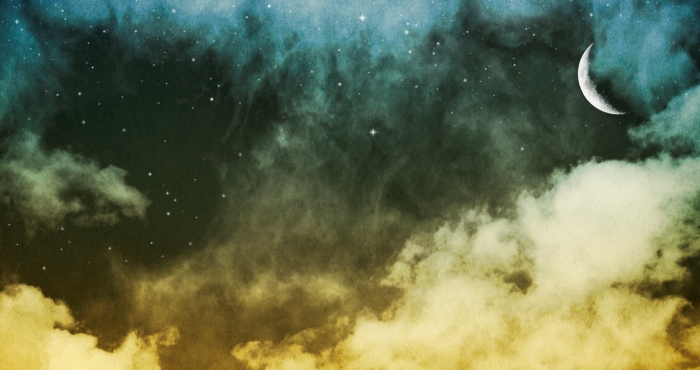
The first of each Jewish month—the celebration of the new moon, its slender crescent barely visible in the night sky—is a day historically associated with women’s renewal and celebration. In recent decades, Rosh Hodesh has become an occasion for Jewish women to gather for learning, ritual, and spiritual exploration, and to mark life passages. Rosh Hodesh groups, meeting monthly, offer a women’s space in time. (Some men’s gatherings have begun as well, sometimes associated with kiddush levanah, celebrating the coming full moon.)
Audio/video shiviti meditation chant
“What exists there is unknown and yet, what is known is there are places to be born”
A summary of facts, characters, and holidays related to the month of Av
A Rosh Chodesh ritual that draws on Tu B’Av’s traditional association with the celebration of women and love to honor communally the love and losses that shape so much of our experiences of any given year
Subscribe for the latest rituals, online learning opportunities, and unique Judaica finds from our store.